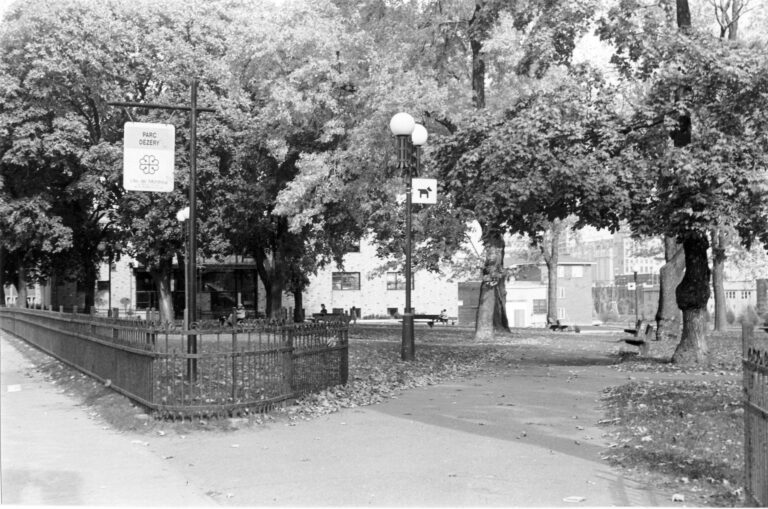What year did Opry Mills flood?
2010
What happened to the original Grand Ole Opry?
In May 2010, the venue was hit by a historic flood, forcing the Opry House to close its doors for five months for restoration work. Despite this, the show continued as it took place at other Nashville locations, including two former homes: the War Memorial Auditorium and the Ryman.
Did the Grand Ole Opry burn?
On March 15, 1974, the Opry made its final Ryman broadcast before moving to its new purpose-built home, the Grand Ole Opry House at Opryland. In May 2010, the Opry House was severely damaged during the historic Nashville flood and, as a result, underwent extensive renovations.
What areas of Nashville flooded in 2010?
2010 Tennessee floods
Nashville, Tennessee experienced significant flooding, especially in areas near the Cumberland River, Mill Creek and Harpeth River. May 1-7, 2010 Location Tennessee, south-central Kentucky, northern Mississippi Deaths 31 deaths in TN, KY and MS Property damage US$2.3 billion
Was Tennessee Once Underwater?
Tennessee was still submerged in the following Devonian period. During the Early Devonian, brachiopods and gastropods still lived in Tennessee. The sea remained in place at the beginning of the Carboniferous period. The Mississippi carbonates of Tennessee are very rich in fossils.
Is the Grand Ole Opry flooded?
The torrential rain that pelted Middle Tennessee over the May 1 weekend of 2010 drowned the Grand Ole Opry in 10 feet of water. The Cumberland River overflowed, floodwaters engulfed the stage, benches were destroyed and floors torn out. But come hell or high water, the show must go on.
What does a 1000 year flood mean?
The term “1,000-year flood” means that, statistically speaking, there is a 1 in 1,000 chance that a flood of this magnitude (or greater) will occur in any given year. In terms of probability, the 1,000-year flood has a 0.1% chance of occurring in any given year. These statistical values are based on observed data.
Is a 100-year flood more destructive than a 50-year flood?
Floods are classified according to their frequency and depth. For example, there are floods of 10, 25, 50, 100 and 500 years. A 100-year flood, while rarer than a 10-year flood, is deeper and much more destructive.
What is a 100-year flood?
A “100-year flood” refers to a flood height that has a long-term probability of occurring once every 100 years (also called a 100-year recurrence interval). Another way to describe this flood event is: a level of flooding that occurs in a given year with a long-term average probability of 1%.
How common is a 100-year flood?
Similarly, the term “100-year storm” is used to define a precipitation event that statistically has the same 1% probability of occurring. In other words, over the course of a million years, these events would probably happen 10,000 times.
What is a 10 year, 24 hour storm?
A “10-year” storm refers to the average number of times a given amount of precipitation is expected to “return” over a given duration (ranging from 30 minutes to 24 hours). This appears to qualify it as a 10-year storm with a 12-hour duration.
What does 1 flood risk mean?
This means you have a 1% chance of seeing a flood like the one on the FEMA flood map each year. You might see many “100-year” floods in the same city in the same year because this is just a statistical average based on previous rainfall records and we never know what Mother Nature will do.
Is the flood zone that bad?
Although floodplains show that there is a risk of flooding and water damage, there are ways to mitigate this risk and reduce the likelihood of losses. About 80% of all residential flooding occurs in a floodplain, so there’s definitely a chance your home could be affected.
Can a 100-year flood occur several years in a row?
The term “100-year flood” is used as an acronym to describe a flood that statistically has a 1% chance of occurring in a given year, based on historical data. Although the probability that an annual event has a 1% chance of occurring in two consecutive years is low, it is still possible.
What does a 50-year flood mean?
Suppose there is a 1 in 50 chance that a given area will receive 6.60 inches of rain in a 24-hour period in a given year. Thus, a precipitation total of 6.60 inches in a consecutive 24-hour period is said to have a repeat interval of 50 years.
How is a flood zone determined?
Flood zones are primarily determined by the history of flooding in the area. Each area is rated based on the probability of annual flooding.
Can you build 100 year floodplains?
If you want to build a new home in a flood zone, you need to make special plans to ensure that it will not suffer damage from flooding. For new construction, the property and home must be properly elevated above the 100-year base flood elevation (BFE).
Can you build in a flood channel?
Construction in a flood channel A flood channel is the channel of a river, stream or other watercourse and the adjacent floodplain. Construction in SFHA areas requires FEMA approval for a flood channel and the lowest floor (including basement) must be built on a BFE.
Can a 100-year flood occur two years in a row?
In other words, the probability of a river flowing as high as the 100-year flood level this year is 1 in 100. Statistically, each year starts with the same 1% probability as a 100-year event occur.
What is a 500 year storm?
The time increments assigned are based on what is called the return period, or the likely time it will take for the given event to occur again. So, for a 500-year storm, the return period would be greater than or equal to 500 years. Flooding after Hurricane Harvey in Houston, TX in 2017 (Image: Mic.com)
